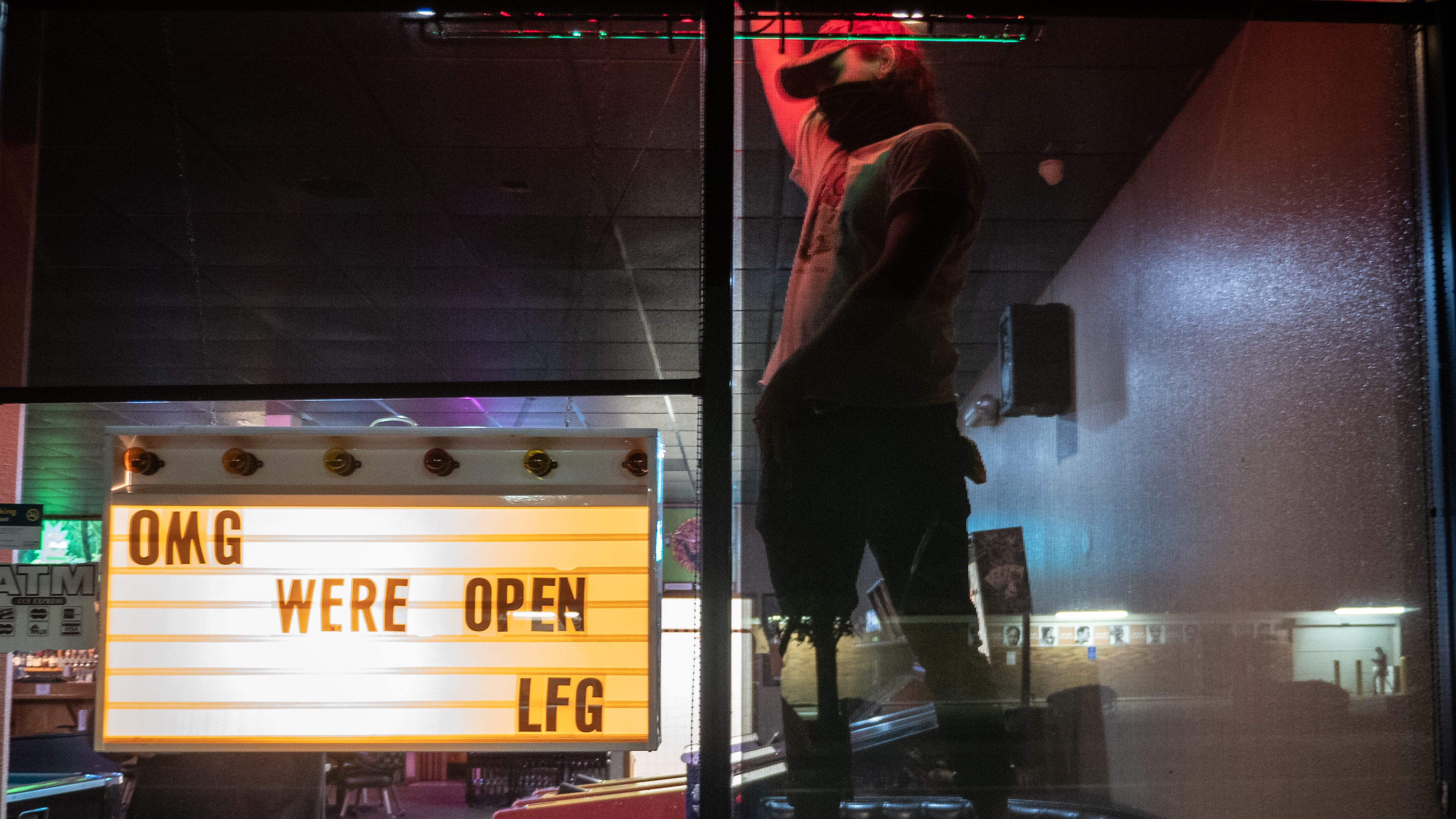New disease models released today by the Oregon Health Authority warn that daily COVID-19 infections could increase 20-fold by mid-July if trends continue.
The June 25 report from the Institute for Disease Modeling projects that, in a worst-case scenario, Oregon could see as many as 5,030 daily COVID cases by July 16. Even under a moderate scenario, daily cases are expected to rise to 910 cases a day. The current daily average for COVID cases is 180 each day.
Shortly after the models were released, OHA revealed new daily numbers: 250 new COVID cases today, 61 of them in Multnomah County. Those numbers are not records, but are among the highest single-day totals since the pandemic began.
The state's death count surpassed 200, reaching 202 with five new deaths reported today.
And the projections are far worse.
The projected growth, which researchers called "exponential," is based on the rise in cases Oregon health officials have observed since Gov. Kate Brown allowed some businesses to reopen on a county-by-county basis starting May 15.
"The results suggest that transmission has increased since reopening," the report's authors say. They said cases would remain flat "only in our optimistic scenario, in which increases in recent diagnoses were assumed to be entirely due to more effective testing practices, rather than to any increase in transmission. This assumption seems unlikely given that the positive test rate increased even as testing expanded. The other scenarios demonstrate that increases in transmission, if maintained, would lead to exponential growth in new infections."
The new modeling is the latest signal that reopening Oregon could be a public health disaster.
As WW reported Thursday, nearly half of COVID-19 cases in Multnomah County cannot be traced to a source, meaning the disease is probably more widespread than officials know. Meanwhile, Oregon's most populous county just allowed its bars and restaurants to reopen—and reporters on the ground last weekend observed that some patrons weren't following social distancing rules, and some bars weren't enforcing them.
Both the models and the actual case numbers raise a chilling prospect for business owners who have eagerly awaited Portland's reopening: If these numbers hold, the governor would have little choice but to lock Oregon down again, at the height of summer.
In other U.S. states that have been hammered by the virus this week, including Texas and Florida, governors have re-closed bars and scaled back restaurants.
For now, state officials urged personal responsibility.
"Think hard about your choice of activities, especially as we get close to the Fourth of July holiday," said Dr. Dean Sidelinger, the state epidemiologist. "Ask yourself: How can I reduce my risk and the risk I might pose to people around me?"
